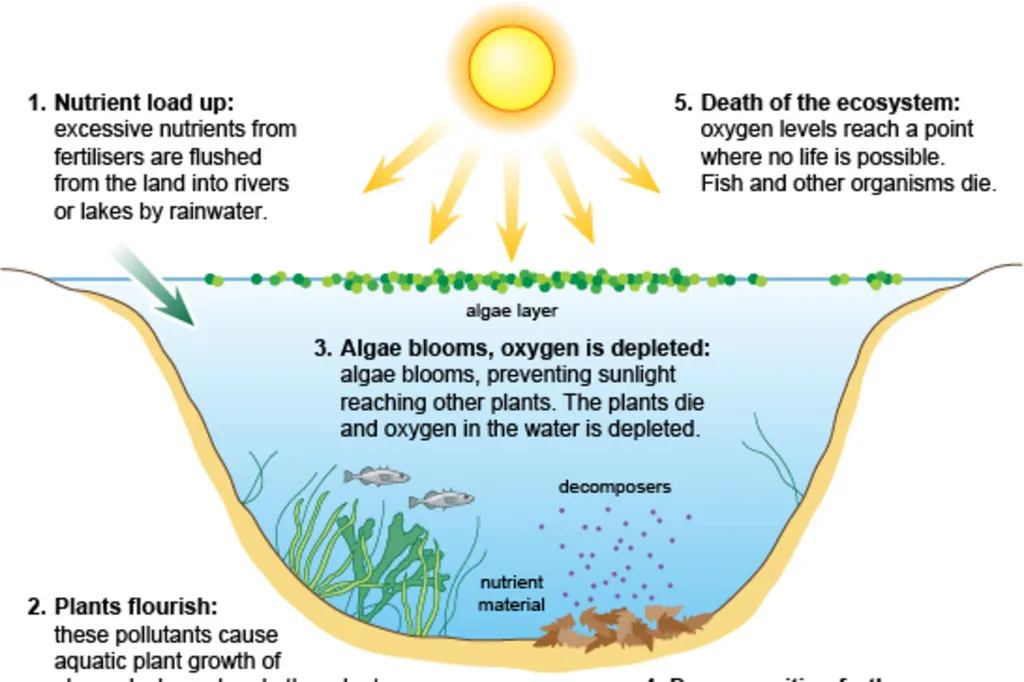In the heart of China’s Yangtze River basin, a shallow lake named Changhu is serving as a living laboratory for scientists seeking to understand how climate change is reshaping freshwater ecosystems. A recent study published in the journal *Plants* has shed light on the intricate dance between heavy summer rainfall, nutrient shifts, and the microscopic world of phytoplankton that calls Lake Changhu home. The research, led by Yiqi Li from the MARA Key Laboratory of Sustainable Crop Production in the Middle Reaches of the Yangtze River at Yangtze University, offers valuable insights that could help farmers and water managers navigate the challenges posed by an increasingly unpredictable climate.
The study, which monitored Lake Changhu over three summers (2020–2022), revealed that heavy rainfall events can dramatically alter the lake’s water levels and nutrient composition. These changes, in turn, trigger significant shifts in the phytoplankton community, the tiny plant-like organisms that form the base of the aquatic food web. “Heavy rainfall acts as a significant disturbance to the ecosystem functions of shallow lakes,” Li explained. “Our research aimed to understand how these disturbances influence phytoplankton community structure and dynamics.”
The findings showed that while green algae (Chlorophyta) were the most diverse group in the lake, blue-green algae (Cyanobacteria) dominated in terms of abundance. Species like *Dolichospermum flos-aquae* and *Microcystis wesenbergii* thrived under the altered conditions, with phytoplankton biomass peaking in the summer of 2021. The study also found that community diversity was lowest in June, suggesting that the initial rainfall period imposed higher environmental stress on the phytoplankton.
So, what does this mean for agriculture and water management? For starters, understanding how phytoplankton communities respond to heavy rainfall can help predict and mitigate harmful algal blooms, which can contaminate drinking water supplies and harm aquatic life. “These findings offer a scientific foundation for ecological resilience assessment and adaptive management of shallow lakes under climate change,” Li noted.
Moreover, the study’s insights into nutrient dynamics can inform agricultural practices, particularly in regions where runoff from fertilized fields contributes to lake eutrophication. By identifying the key environmental drivers of phytoplankton succession—rainfall, water temperature, and nutrient concentrations—farmers and water managers can develop more targeted strategies to reduce nutrient pollution and protect water quality.
Looking ahead, this research could pave the way for innovative approaches to water management and agricultural sustainability. For instance, integrating real-time monitoring of rainfall and nutrient levels with predictive models of phytoplankton dynamics could enable proactive management of water resources. Additionally, the study’s emphasis on community succession highlights the importance of preserving biodiversity in freshwater ecosystems, which can enhance their resilience to climate change.
As climate change continues to intensify, the lessons from Lake Changhu will become increasingly relevant. By embracing a science-based approach to water management and agriculture, we can work towards a more sustainable and resilient future. After all, the health of our lakes and rivers is intrinsically linked to the health of our farms and communities.

